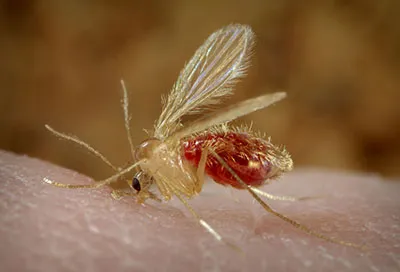Today we can write about two interesting research projects that are giving some updates.
Both have been running on the World Community Grid (one of many BOINC Projects). For those unknown to BOINC and Gridcoin, read the short description at the bottom of my post to learn more about what mining really should be all about. Rewarding good contribution to human kind.
Computing for Clean Water
The Clean Water project ran for almost 3 years (August 23rd 2010 to March 6th 2013), making a total of 37 535 years of computational work. In a recently published article they disclose some of the projects updates.
The goal for this project; Study water filtration efficiency
The Clean Water project studies ways that water can be filtered trough carbon nanotubes, a process that has been used for some time, and ways to lower the cost to improve the quality for world populations in locations that has power constraints. Water filtration today uses massive amounts of energy and is a big reason for the lack of clean water in the world.
Starting up a new lab at Tsinghua University
One of the original research members, Dr. Ming Ma, have started up a new lab at Tsinghua University, Beijing, China, a university that is ranked one of the top academic institutions in China and Asia. In this lab they will continue the work with analyzing and advancing the research that was started on BOINC.
The research team has been expanded with 4 new members that include one postdoc, Dr. Wei Cao; and three PhD students: Jin Wang, Kunqi Wang, and Yao Cheng, where they will work on two main task.
The first is a algorithm improvement of the software used. By incorporating new techniques that has been developed during the last three years and to implement them in the molecular dynamics software LAMMPS.
The second task is to investigate new systems with the algorithm being developed.
With these two tasks they wish to bring new and interesting information to the volunteer computing community.
Reference Document: Water transport inside carbon nanotubes mediated by phonon-induced oscillating friction
Drug Search for Leishmaniasis

Sandflies, such as the P. papatasi shown above, are responsible for the spread of leishmaniasis.
The Drug Search for Leishmaniasis project ran for a little more than 2 years (August 31st 2011 to August 15th 2013), making a total of 37 150 years of computation work. In a recently publicshed article they disclose some of the projcts updates.
The goal for this project; Find a viable cure
The Drug Search for Leishmaniasis project studies ways to combat one of the deadliest tropical diseases. It has more than 2 million infected and one form of the disease that primarily affects children, Leishmania infantum, are deadly if not treated promptly. The traditional treatments can cause severe side effects, including death, while drug resistance is spreading causing treatments today to be less effective.
The goal is to find a new viable treatment that causes less or no side effects that is inexpensive and easy to administer.
Potential New Treatments tested in lab
In their report they describe the success of new treatments that has been tested in labs. With 10 compounds selected, through the docking process on the World Community Grid platform, they started a process to test on human cell samples, called an in vitro evaluation.
As part of the process of drug discovery, we do testing to ensure that the promising compounds do not affect human cells, thus decreasing the chance of side effects. In addition, we evaluate the effectiveness of each compound against Leishmania, the parasites that cause leishmaniasis. The best compounds are those that kill the parasites at a low dose and do not affect the human cells even at higher doses.
Four compounds where selected as good candidates after the tests and have been tested on Hamsters, which has a similar reactions to leishmaniasis, and groups of five where set for each compound.
One of the compound shows great results with induced an almost complete curing of the lesions in two out of five hamsters.
Next step is to synthesize more of the compounds that are showing best results and do another round of testing to increase efficiency.
That concludes our report for today
I would like to thank everyone for participating in research projects on the BOINC platform for making a real contribution to research in all areas of human kind.
What is BOINC+Gridcoin Research in short

BOINC (Berkeley Open Infrastructure for Network Computing, pronounced /bɔɪŋk/ – rhymes with "oink") is a distributed work platform that has been around since 2002 (15 years now) and rewards all participants with a score. BOINC consists of over 500,000+ active users and many more computers. It is a popular platform for researchers to do large amounts of distributed work upon. The infrastructure is already in place and no payment is required. Doing distributed work is purely voluntary, projects can be included and/or excluded by the user of their choosing.

Gridcoin Research is a Proof-of-Stake (PoS) cryptocurrency that rewards BOINC computation based on the BOINC RAC (Recent Average Credit) score. Some requirements are for projects to be listed on the platform, but are fairly easy to comply with. There are currently ~20+ Projects included that the network rewards users for.
Vote for me as Witness

Enjoying what I do and contribute to the community, please vote for me as a Witness or a Steemit Proxy Voter.
Voting on me as a witness you will support an active witness on Steem and BitShares. I believe a witness should keep up-to-date on current happenings and be a conduit between the many users and the system.
Read my Witness Posts: BitShares Witness - Steemit Witness
Support my Projects: Project Minnow Witness
Steemit: sc-steemit 
BitShares: sc-ol 
